The Ball on the Rubber Band
DOI: 10.23977/jemm.2022.070401 | Downloads: 36 | Views: 1843
Author(s)
Yifei Zhang 1, Youjia Feng 2, Liyi Yang 3
Affiliation(s)
1 School of Physical Science and Technology, Southwest Jiaotong University, Chengdu, Sichuan, China
2 School of Resources and Environmental Sciences, Wuhan University, Wuhan, Hubei, China
3 School of Physics and Astronomy, Xihua Normal University, Nanchong, Sichuan, China
Corresponding Author
Yifei ZhangABSTRACT
Connect the two metal balls with a rubber band, then twist the rubber band and put the metal ball on the table. The ball will start to rotate in one direction and then in the other. This strange phenomenon is similar to the so-called "pendulum" movement. This paper makes a theoretical and experimental study of this phenomenon, and explores the relevant parameters that affect the motion, such as the type of rubber band, the material of the contact surface, and the size of the metal ball.
KEYWORDS
Twist the Rubber Band, Moment Balance, Pendulum movementCITE THIS PAPER
Yifei Zhang, Youjia Feng, Liyi Yang, The Ball on the Rubber Band. Journal of Engineering Mechanics and Machinery (2022) Vol. 7: 1-8. DOI: http://dx.doi.org/10.23977/jemm.2022.070401.
REFERENCES
[1] Yang Hepeng. Elasticity analysis of twisting ropes [J]. Mechanics in Engineering, 2002, 24(4): 25-26.
[2] Monster, M. (2003, November). Car Physics for Games. Car physics. Retrieved February 22, 2022.
[3] Li Chunming. Computing simulation and dynamics modeling of elastic rope system [J]. Journal of System Simulation, 2008(01): 62-64+168.
[4] Li X, Sun B, Zhang Y. Dynamics of rubber band stretch ejection[J]. 2021.
[5] Vermorel R, Vandenberghe N, Villermaux E. Rubber band recoil[J]. Proceedings of the Royal Society A: Mathematical, Physical and Engineering Sciences, 2007, 463(2079): 641-658.
| Downloads: | 11129 |
|---|---|
| Visits: | 423620 |
Sponsors, Associates, and Links
-
Cybernetics and Mechatronics
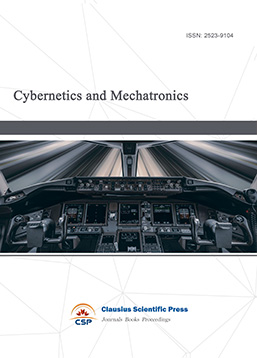
-
Digital Manufacturing and Process Management
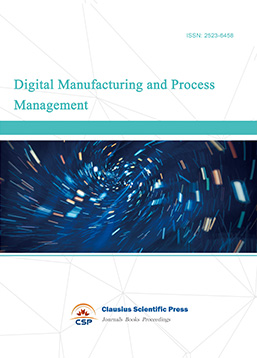
-
Ultra-Precision Machining Process

-
Journal of Robotics and Biomimetics
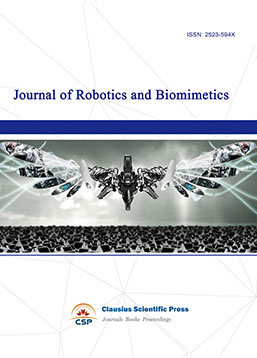
-
Prognostics, Diagnostics and Health Management

-
Micro-Electro-Mechanical Systems

-
Journal of Precision Instrument and Machinery
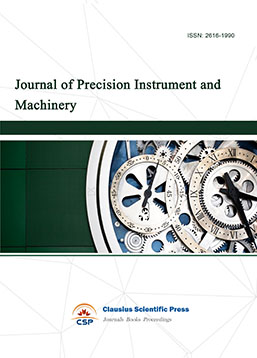
-
Engineering and Solid Mechanics

-
Fracture and Damage Mechanics
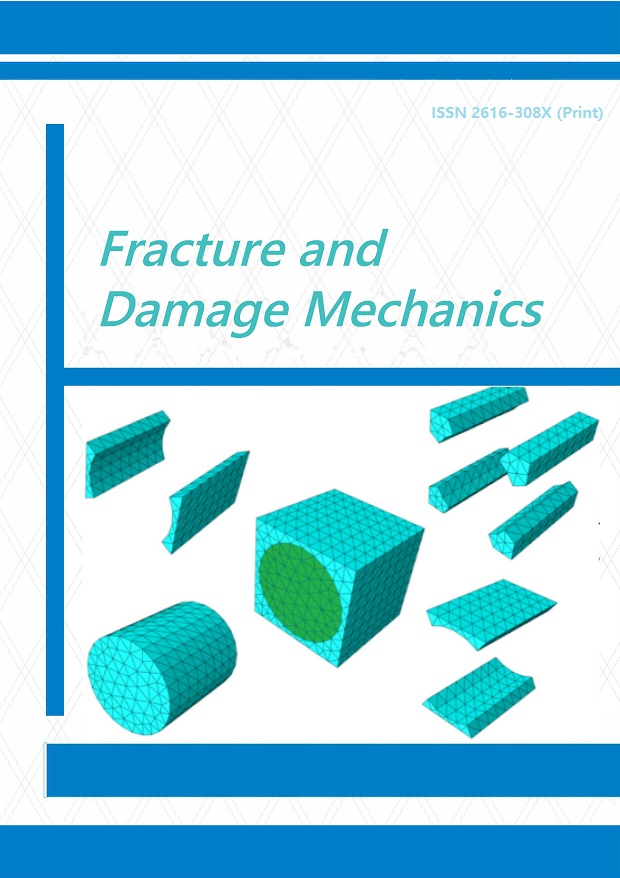
-
Frontiers in Tribology

-
Fluid and Power Machinery

-
Chemical Process Equipment
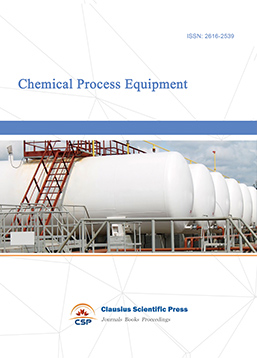
-
Journal of Assembly and Manufacturing
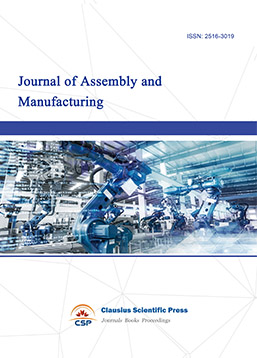
-
Mechanical Vibration and Noise


 Download as PDF
Download as PDF